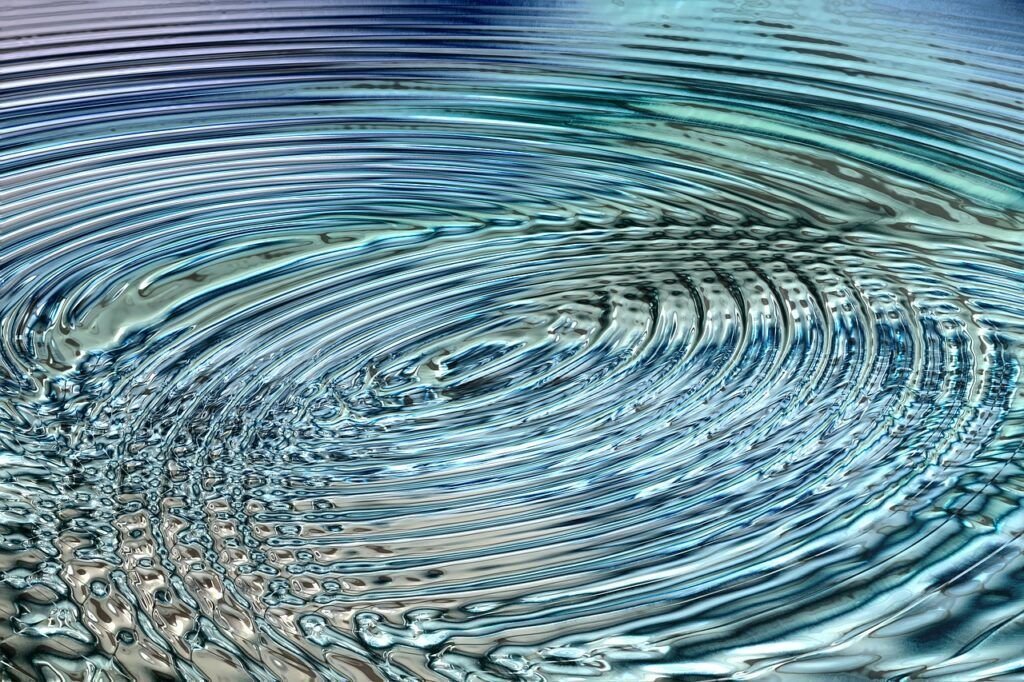Overview
This paper seeks to examine the application of CMF in UDA. It studies the scope of increasingly vulnerable maritime infrastructure like oil and gas pipelines, electricity grids, and underwater communication networks that have emerged as the new frontlines of potential conflict. In addition, it identifies the possible vulnerabilities of adversaries in the immediate neighbourhood.
The paper further explores the increased weaponisation of liminal technologies that could morph UDA from the benign realms of Science and Technology (S&T) to geopolitical and strategic contestation for monopoly in the years ahead. Therefore, the National Security Council will also have to identify new technologies requiring collaboration under the India-US Initiative on Critical and Emerging Technologies (iCET) in UDA domain.
Finally, the paper suggests for enhancing India’s maritime security, minor structural changes that would be necessary by synthesising Organisations, such as International Fusion Centre – Indian Ocean Region (IFC-IOR), The Coast Guard, National Institute of Ocean Technology (NIOT), Ministry of Petroleum and Natural Gas (MoPNG), Ministry of Communications (MoC), and Ministry of Electronics & Information Technology (MoEIT).
Key highlights
- There is a need to monitor the progress of exploration and production in Offshore Acquired License Blocks (OALPs).
- Offshore energy infrastructure, especially near international shipping lanes, is susceptible to sabotage and needs robust Underwater Defense Architecture (UDA) for defense.
- Gas hydrates have the potential as an energy resource. Initial work was done by GAIL and NIO. These will be critical for energy production.
- Mapping and identifying trunk pipelines connecting offshore oil and gas rigs to on-land processing complexes are necessary. Some OTPs might need to be included in the critical list based on analysis.
- Undersea power cables are an emerging field, with potential for linking sub-continents and landmasses. Robust standards and protection against sabotage are essential.
- Collaboration between agencies like the Indian Navy, Coast Guard, NIOT, MoPNG, and MoIC is crucial for ocean governance, maritime security, and the protection of underwater infrastructure.
Key Challenges
- A well-defined public/private partnership is essential for a policy on drawing a critical list and protection of Commercial Offshore Infrastructure Systems (COIS). This needs to be reviewed periodically.
- A Seabed Warfare Doctrine and Strategy in collaboration with the Indian Navy. Collaborate with or learn from the French or Royal Navy. Integrate the INTEG, IFC-IOR, NIOT, or any other agencies necessary.
- Mapping – mapping of all major production rigs, SPMs, and offshore trunk pipelines.
- Standards – Future COIS will have to be built per the promulgated security standards.
- Deterrence – Deterrence will have to be accompanied by strategic signalling and punishment. India should, therefore, develop the undersea capabilities to punish an adversary. It will be necessary for effective strategic signalling.
- Defence – The defence of COIS will need a review of organisation, infrastructure, and logistics. It will also need a vulnerability assessment and a technology scan.
- Mitigation – Mitigation might involve the repair and revival of the damaged facility if found to be cost-effective. Agencies responsible for the mitigation of environmental disasters also have to be involved. (f) Resilience – In the event of a major disruption of a COIS, suitable fallbacks, and alternatives have to be identified. Such contingencies have to be tested regularly to check for resilience.
- While maritime security and cyber security are the most notable policy fields for underwater security, a broader policy understanding is essential for a more comprehensive security of Commercial Offshore Infrastructure Systems (COIS). It will need ocean governance, digital policy and external action.
Major Opportunities
- There is a need for the development and maintenance of underwater infrastructure, such as Single Point Moorings (SPMs), offshore trunk pipelines (OTPs), and undersea communication cables.
- Translating research and innovations from organizations like NIOT and DRDO into commercial products can lead to new business ventures and technology advancements in underwater exploration, surveillance, and security.
- Developing comprehensive policies and governance frameworks for maritime security, ocean exploration, and underwater infrastructure management presents an opportunity for governments and organizations to ensure a secure and sustainable marine environment.
- Creating skill and development corridors for the indigenous production of underwater technologies can lead to reduced dependence on imports and increased self-reliance.
- Translating research and innovations from organizations like NIOT and DRDO into commercial products can lead to new business ventures and technology advancements in underwater exploration, surveillance, and security.
"The concerted effort by the Ministry of Defence (MoD) has not just increased the indigenous components of defence acquisition, but India's defence exports have reached an all-time high of ₹15,920 crore in FY 2022-23."



Leave a Reply